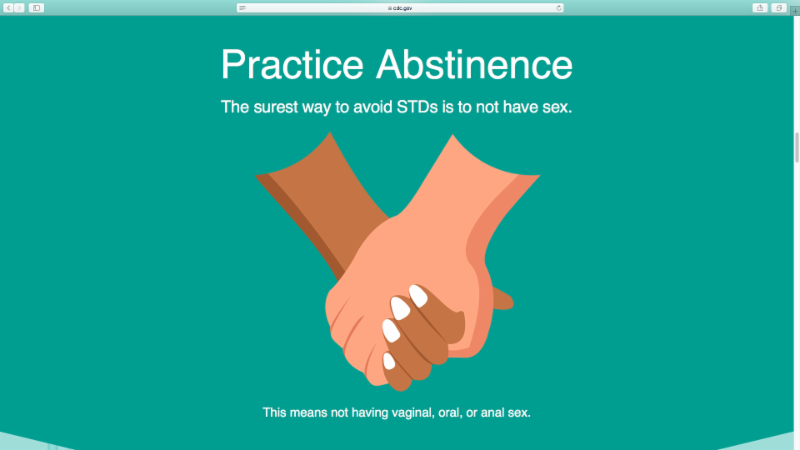The CDC, or the Centers for Disease Control and Prevention, issued a report regarding the “national surveillance data for 2016 on the three notifiable diseases for which there are federally funded control programs: chlamydia, gonorrhea, and syphilis.” In this report, all the diseases being monitored by this government agency saw rates rising within the United States. The following are a few facts regarding chlamydia that can be derived from the report, and the link to the full report can be found below:
- In 2016, a total of 1,598,354 cases of Chlamydia trachomatis infection were reported to the CDC, making it the most common notifiable condition in the United States. This case count corresponds to a rate of 497.3 cases per 100,000 population, an increase of 4.7% compared with the rate in 2015.
- Untreated Chlamydia infection can destroy the ability of women to become pregnant because it causes Pelvic Inflammatory Disease, which prevents eggs from being fertilized due to scarring of the fallopian tubes.
- Because of the immaturity of the cells lining the cervix, sexually active teenage girls have a higher risk for infection with Chlamydia than older women.
- But you don’t have to worry about this if you practice “safe sex,” right? WRONG, consistent condom use provides only PARTIAL risk reduction against Chlamydial infection.
It is no surprise that the CDC consequentially created a webpage reviewing how to avoid becoming infected with a sexually transmitted disease, with a modern look and a message that is to the point targeted towards youth. They state that “every year, there are 20 million new STD infections in the United States. Anyone who is sexually active can get an STD,” followed by “Here’s how you can avoid giving or getting an STD:” with the very first piece of advice: “Practice Abstinence: The surest way to avoid STDs is to NOT have sex.”
While other methods to partially reduce the risk are listed, stating that abstinence is the SUREST way to avoid STDs, is a declaration we absolutely agree with!


Leave A Comment